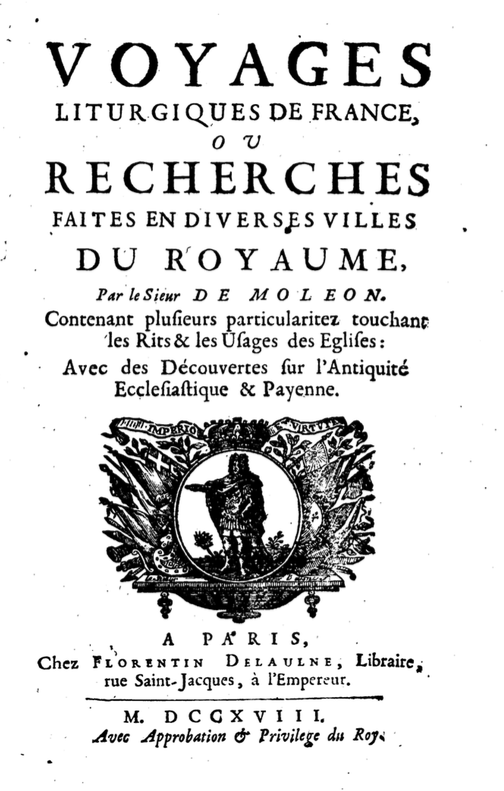Text from The Saint Andrew Daily Missal,
unless otherwise stated.
Saint Anthony.
Abbot.
Feast Day 17 January.
Double.
White Vestments.
Saint Anthony of Egypt. Venerable and God-bearing.
Father of Monasticism. A Coptic icon, showing,
in the lower Left, Saint Anthony with Saint Paul, The First Hermit.
(Wikimedia Commons)
After Saint Paul, The First Hermit, Father of the Anchorites, or Hermits, the Christmas Cycle honours Saint Anthony, Father of the Cenobites, who live in common.
When he was eighteen, he retired into the Egyptian desert and led the life of a Hermit. The devil, in order to frighten him and drive him from the solitude, would appear to him in the most hideous shapes; "but the Lord made him formidable to his foes: One word from his mouth reduced these prodigies to nothingness" (Epistle).
His holiness soon attracted Souls desirous to see the Divine Kingship of Christ more perfectly confirmed in themselves. As a new lawgiver, he gave them "the Doctrine and rule of life that he had received from God in Prayer" (Epistle).
English: St. Anthony's Egyptian Coptic Monastery at Coma, Egypt.
Date: 7 July 2006 (25 March 2008 (original upload date)).
Source: Transferred from en.wikipedia;
transferred to Commons by User:Leoboudv using CommonsHelper.
(Wikimedia Commons)
English: Monastery of Saint Anthony.
Italiano: Sono l'autore.
Date: 30 January 2008 (original upload date).
Source: Transferred from it.wikipedia.
Author: Original uploader was LorisRomito at it.wikipedia.
(Wikimedia Commons)
Saint Anthony, the first of Abbots, instituted Monastic life in common, by which are formed noble Souls always ready, like their Father in God, to receive the Lord when He shall come to take them from this world (Gospel). Wherefore, today's Mass is that of the Common of Abbots.
He also strenuously fought against Arianism and, with Saint Athanasius, who honoured him with his friendship, he successfully defended The Dogma of The Divinity of Christ. He died in 356 A.D. at the age of one hundred and five years.
Let us show forth by the perfection of our lives that we share in the Divinity of Jesus.
Mass: Os justi. Of the Abbots.
English: Monastery of Saint Anthony, Egypt.
Deutsch: Antonius Kloster, Ägypten.
Français: Le monastère Saint-Antoine, en Égypte.
Nederlands: Het klooster van Sint-Antonius, in Egypte.
Date: 7 November 2010.
Source: Own work.
Author: Berthold Werner.
(Wikimedia Commons)
The following Text is from Wikipedia - the free encyclopaedia.
The Monastery of Saint Anthony is a Coptic Orthodox Monastery, standing in an oasis in the Eastern Desert of Egypt, in the Southern part of the Suez Governorate. Hidden deep in the Red Sea mountains, it is located 334 km (208 miles) South-East of Cairo.
It is one of the oldest Monasteries in the world, together with Saint Catherine's Monastery on Mount Sinai, which also lays claim to that title. The Monastery of Saint Anthony was established by the followers of Saint Anthony, who is considered to be the first Monk.
The Monastery of Saint Anthony is one of the most prominent Monasteries in Egypt, and has strongly influenced the formation of several Coptic institutions, and has promoted Monasticism in general. Several Patriarchs have come from this Monastery, and several hundred Pilgrims visit it each day.
English: Monastery of Saint Anthony.
Italiano: Sono l'autore
Italiano: Sono l'autore
Date: 30 January 2008 (original upload date).
Source: Transferred from it.wikipedia.
Author: Original uploader was LorisRomito at it.wikipedia.
(Wikimedia Commons)
Coptic leaders, the Patriarch, the Metropolitans, and the Bishops, have always been recruited from among the desert Monks. In the 1960s, Anba Shenudah initiated the Sunday School movement, which encouraged educated young men to forsake worldly pleasures and instead join their Desert Fathers.
Since the movement began, the total number of Monks has more than tripled within the first 25 years, and many of these young ascetics have also been promoted to the Episcopacy. At the Monastery of Saint Anthony, the number of Monks increased from twenty-four, in 1960, to sixty-nine, in 1986. By 2010, about one hundred and twenty Monks and Priests live in the Community.
In the past, the overwhelming majority of the Monks in residence were fifty years of age or older, and through the tradition of the other Desert Fathers, their piety was linked to a quality of anti-intellectualism. St. Macarius the Great was a camel herder; St. Macarius of Alexandria was a small shopkeeper; St. Apollo was a goat herder, and St. Paphnutius and St. Pambo were illiterate.
This trend has reversed since the revival of Monasticism in Egypt in the 1960s. Today, Monks are well-educated young men with extensive academic and professional backgrounds in the scientific fields such as engineering, medicine, pharmacy, and architecture.

































